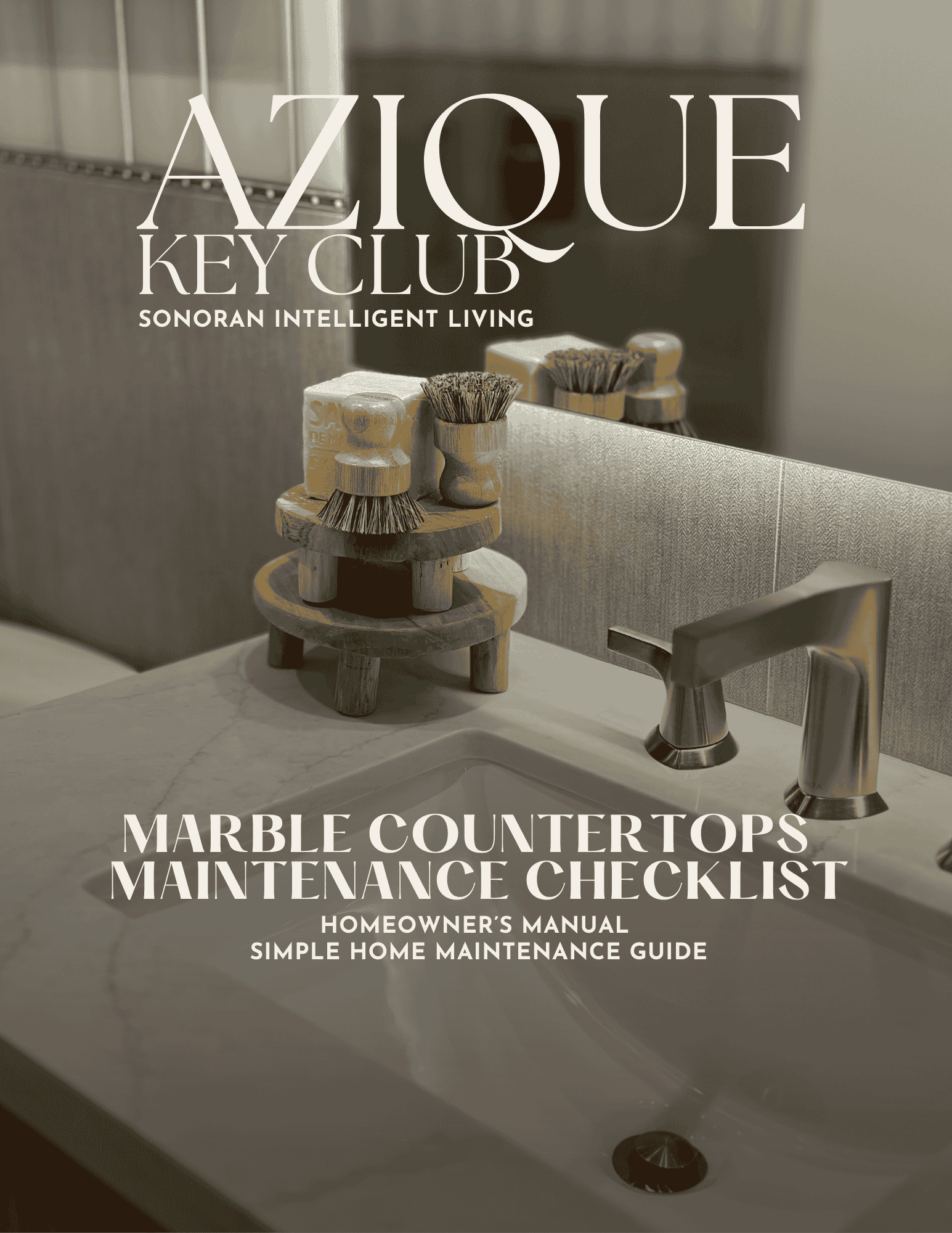
Concrete Floors in Arizona: The Modern Minimalist’s Power Play—A Real Estate and Lifestyle Perspective

Concrete flooring, once relegated to utilitarian spaces, has emerged as a chic, versatile statement across Arizona’s high-end homes, offices, and creative spaces. For the investor, design-forward homeowner, or value-focused developer, concrete floors signal both a bold aesthetic and a shrewd capital move. The stakes are high: your floor is the foundation for both comfort and lasting value.
Despite its reputation for durability, concrete is not without risk. Hairline cracks can appear from slab movement or improper curing—a particular concern in the region’s shifting soils. While concrete resists water, stains and surface abrasions from heavy furnishings can mar its clean look. In climates like Arizona, concrete’s thermal mass is an asset, keeping interiors cool, but bare concrete can feel harsh or cold in winter without radiant heat or rugs.
On the style front, concrete’s industrial vibe is on-trend, but may polarize buyers if trends swing back to warm woods or natural stones. High-polish finishes and color stains are popular but require skilled tradespeople for flawless execution, and repair can be complicated if cracks or spalling occur. Maintenance is generally minimal, but proper sealing and occasional resurfacing are essential to avoid long-term issues.
Cost-wise, concrete offers a competitive edge—yet ROI can vary widely by market segment and buyer preferences. Decision fatigue is common, as homeowners weigh finish options, color additives, and the emotional impact of living with such a bold, permanent material.
Concrete’s value proposition rests on durability and low maintenance. A well-installed slab can last 30–50 years or more, resisting most forms of daily wear—although unlike porcelain or stone, it is susceptible to settling cracks over time. In Arizona, sealed concrete thrives, especially in contemporary or industrial-inspired homes, but can struggle to convey the same timeless luxury as travertine or marble.
From a design perspective, concrete’s minimalist appeal is strong among architects and younger buyers. However, its stark aesthetic can deter buyers seeking warmth or natural variation, a space where wood, travertine, or even modern porcelain tiles excel. Granite and marble set the benchmark for luxury, while composites and engineered wood offer comfort and insulation advantages that concrete simply cannot match without added layers.
ROI data shows concrete can yield a 3–5% uplift in appraised value in well-designed, energy-efficient homes, especially when paired with radiant heat or used for dramatic open-plan layouts. Installation costs ($5–$12/sq. ft. for finished concrete) generally undercut natural stone but may exceed basic composite or low-end porcelain. Maintenance is a highlight—occasional sealing and cleaning suffice, with resurfacing needed only every decade or more.
In Phoenix, where heat and innovation shape real estate, concrete flooring is both a practical and aesthetic contender. City codes encourage energy-efficient building, and local authorities emphasize the use of low-VOC sealers for health and sustainability. Many homeowners enjoy the easy transition between indoor and outdoor spaces, leveraging concrete’s durability in patios and garages as well as living rooms.
Parks like Encanto Park and urban trails throughout Phoenix showcase the flexibility of concrete in public spaces—a testament to its performance under constant use and exposure. For investors, concrete delivers a reliable, low-maintenance solution with solid long-term value, but always consider your buyer profile: families with young children or those seeking warmth may prefer wood or tile alternatives.
As the local market grows ever more diverse, so do flooring options. What matters most is how your choice aligns with your lifestyle, equity ambitions, and resale strategy. Are you ready to embrace concrete’s cool minimalism, or do you crave a softer, more classic touch? Join the conversation below—share your perspective, ask your burning questions, and keep returning for the freshest insights on Arizona’s evolving property scene.




